Features of dense fabrics and their varieties
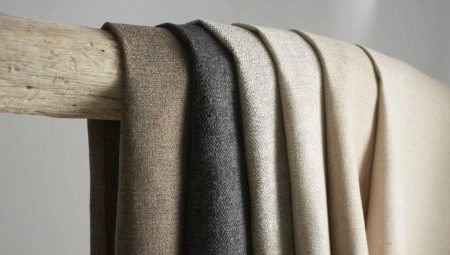
Dense fabrics are difficult to replace with something in the cold season. And you need to work with such materials, knowing how they manifest themselves in sewing, in socks, in washing and other care. With the help of such knowledge, you can extend the life of things made of dense fabric.
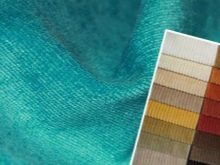

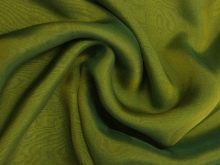
general description
One of the important characteristics of a fabric, in principle, is its density. It reflects the weight in grams per square meter. And the more threads per unit area, the more density the matter will have. The thickness of the thread, by the way, is also important: the thinner it is, the lighter the fabric. Other parameters will depend on the density, including hygroscopicity, wear resistance, air permeability.
The highest density, for example, is possessed by natural leather (and artificial, by the way, too), this figure can reach 1000 g per square meter. The fabric from which suits and coats are sewn can have a density of up to 400 g per square meter.
To understand the difference between dense and light fabrics, it is worth noting that the same cambric has a density of no more than 70 g per square.
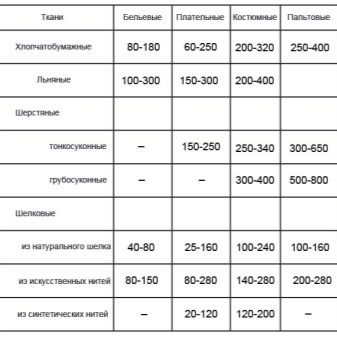
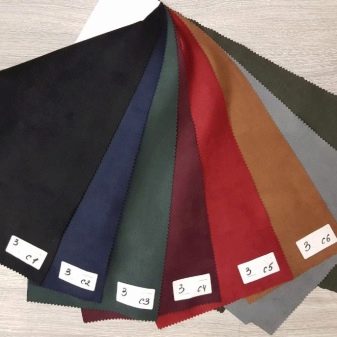
Dense canvases can be made from completely natural raw materials - their wool, linen or cotton. It can also be mixed compositions, when synthetics are added to natural fibers in the right proportions. Most often, thick cotton is used to make towels, tablecloths, bedspreads, curtains, etc.
But for winter clothes, cotton fabric is not used, because it lacks heat conservation. Linen fabrics are naturally very dense, and if "diluted" with synthetics, they can be used to upholstery (or decorate) upholstered furniture. Tablecloths, curtains and pillows are also sewn from thick linen.
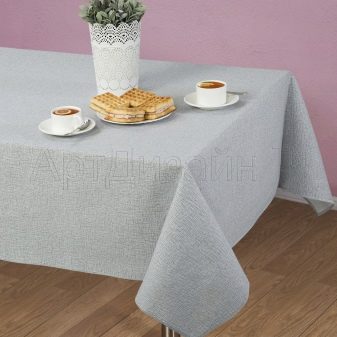
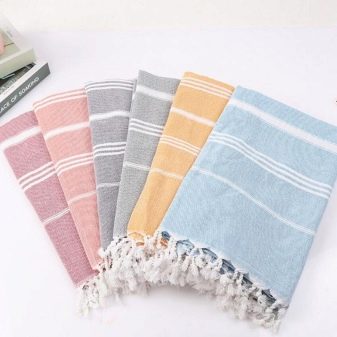
Other dense fabrics should be noted separately.
- Tarpaulin - a very durable fabric that is impregnated with refractory and waterproof compounds. It is suitable for sewing tents, tents, backpacks and mittens, all kinds of workwear.
- Sackcloth - also dense and rough fabric made from jute or hemp fibers. More often it is used for packaging purposes, and overalls can also be sewn from burlap. But they also make from it the basis for panels, objects of decorative and applied art.
- Canvas - linen and very dense fabric with a rigid structure, which is often used for its intended purpose (for artists).
All natural materials are of the greatest value. They are highly prized and their porous structure makes them breathable. These are hypoallergenic compounds that rarely cause irritation.
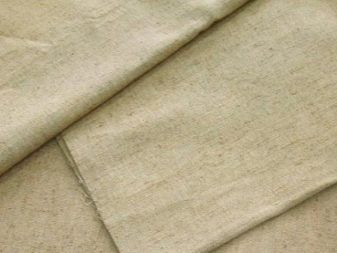

Species overview
Thick fabrics are divided into groups, each of which is a separate list of requirements, purposes and properties.
Silk
This is the standard for the production of evening wear, stage wear, etc. Silk is recognizable for its characteristic sheen. But in addition to the unconditional high aesthetic component, silk fabrics are also hygroscopic, they conduct air well, regulate heat and the wear of silk is minimal. This is an elegant, smooth fabric, very pleasant to the touch, but rather capricious to care for. She cannot stand bright sunlight, and if moisture gets on the silk, stains may remain on it. Silk is ironed only on a gentle setting, and washed by hand. Dry away from batteries.
A product made from natural silk will be expensive if no other fibers are added to the composition. And on such a thing there should be a tag with the mark "100%".
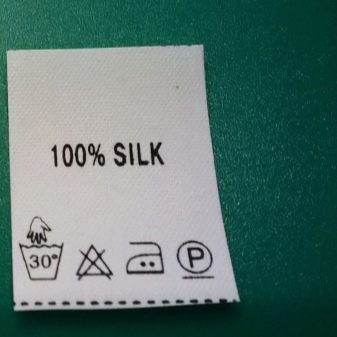
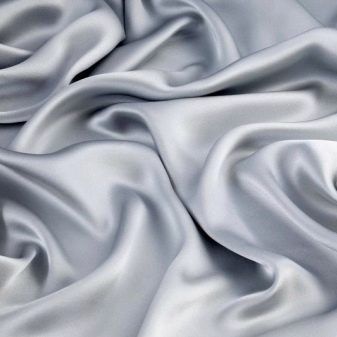
Natural silk fabrics:
- satin - beautiful and shiny, more often found in costumes, in folk clothes, draped well;
- gas - goes for sewing blouses and evening dresses;
- crepe de Chine - shines poorly, has some roughness;
- organza - a thin fabric, translucent, with a slight sheen;
- brocade is an excellent option for elegant dresses, it is successfully combined with silver and gold threads;
- foulard is what scarves and scarves are very often made of.
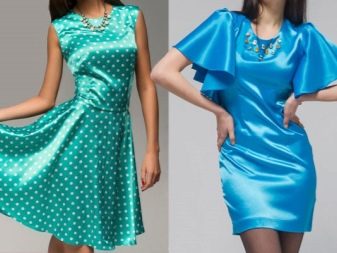
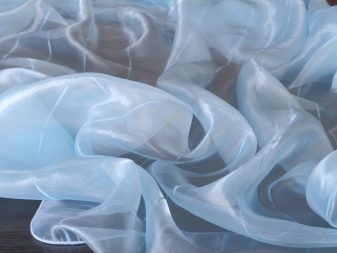
Basic information about the fabric is written on the tag. If the requirements are violated, the material may fade, stretch, and shrink. Sometimes, improper care even leads to tissue tearing. Silk fabrics should be stored in a dry place with good ventilation. They cannot be folded on the shelf in the closet; they must be hung on a hanger. It is impossible for drops of perfume, eau de toilette, deodorant to fall on the silk - not only is it dangerous with the appearance of stains, but also the destruction of the structure of the material.
It is better if the same silk scarves, for example, are stored in covers (covers should also be made from natural fabrics). And if you store them in a plastic bag or in a synthetic case, moisture will accumulate inside them, which is dangerous due to the appearance of mold.
The moth is also now and then ready to feast on silk products, therefore, in the places of their storage, protection from the pest is provided in advance (in aerosols or sachets, special tablets).
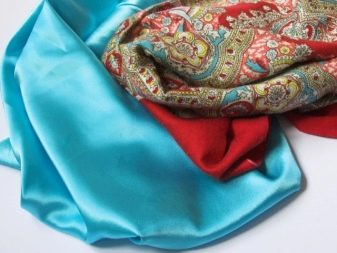

Silk is washed exclusively by hand, the temperature should not exceed 30 degrees. Do not use bleaches, aggressive detergents. You can use regular baby shampoo or baby soap - it should do the job. But you can and even need to rinse silk things in a vinegar solution: 15 ml of vinegar / 1 liter of water. Coffee and tea stains on silk will be removed by glycerin, blood stains - starch, wine stains - salt. A 10% vinegar solution will remove almost anything.
Silk fabrics cannot be wrung out. The water should drain off by itself. Then the item is wrapped in a terry towel, and when it absorbs moisture, the item is taken out, spread on the table, and smoothed with hands. Natural material should already be on the table as a substrate. Iron the silk when it is still a little damp, and always from the inside out. Temperature - 70 degrees.
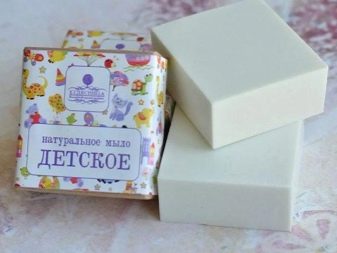

Cotton
Cotton is used to make hypoallergenic clothing for children and adults.The main advantages of this group of fabrics include breathability, moisture penetration, hygiene and ease of care. At the same time, the fabric is very durable, it is difficult to tear it (therefore, it is indispensable in the manufacture of children's things). And cotton retains heat well and at the same time remains thin, lightweight in terms of wearability.
Cotton options:
- bike - rather harsh, even thick fabric with a high pile, suitable for sewing baby diapers and nightwear;
- bumazeya - the best option for natural dressing gowns, soft fabric with high fleece;
- denim is a durable and tough fabric, ideal for the production of trousers, it is extremely difficult to tear;
- velvet fiber - fleecy fabric for evening dresses and more;
- corduroy - wide fleece, soft pile, goes on outerwear, and on shirts, and on trousers;
- poplin - has ribs on both sides; homemade things are often made from this canvas;
- flannel is a fleecy fabric for men's shirts and not only, tactilely pleasant.


Before washing cotton items, you need to take everything out of your pockets and turn the item inside out. Buttons, zippers and zippers must be fastened, cuffs on the sleeves must be straightened. Color is erased separately from light. It is necessary that things are distributed in the drum of the typewriter according to the type of pollution. That is, an elegant dress should not be washed, for example, with a kitchen towel.
Other tips for cotton care:
- if things can fade, it is better to wash them in cool water;
- cotton should not be washed along with synthetics - loss of color and the formation of pellets can be a payback for such a neighborhood;
- all recommendations that are indicated on the tag must be followed;
- if the thing after washing has become coarse, you can rinse it in cool salted water (this advice can be used as a preventive);
- the first wash is always hand or on a delicate cycle with a temperature lower than that indicated on the tag.
And then follows a very delicate spin (or better without it at all), inadmissibility of drying out, refusal to dry in strong sun. It is better to iron the cotton from the inside out.

Wool
Animal wool becomes the raw material for suits, shirts and, of course, outerwear. Woolen fabrics retain heat well, are considered very durable and do not fade quickly. They are wearable and may well serve for decades. But it is impossible to say that this fabric is elastic.
Popular types of woolen fabrics:
- alpaca wool - soft, incredibly pleasant to the touch, expensive material;
- Angora (this is the wool of Angora goats) - rolls down very strongly, tactilely pleasant fabric, always diluted with a small amount of acrylic;
- cashmere - expensive wool, sheared from mountain goats, it is extremely soft;
- woolen cloth - the material is mainly used to create a coat, the fabric is warm, but tough and in some cases quite heavy.
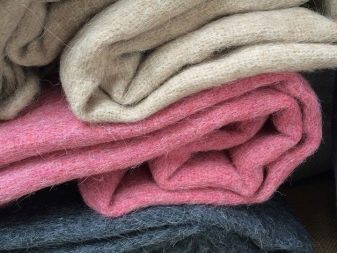
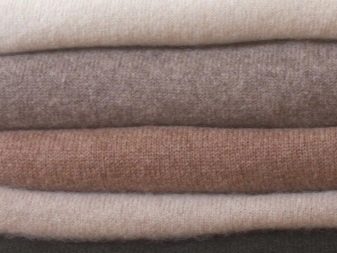
A test to check whether the thing is really woolen: you need to pull the thread out of it and set it on fire, if the wool - it flares up at the tip and goes out. That is, wool will not support combustion. The artificial thread will burn to the end.
It is also better to wash woolen things by hand, the water temperature is no more than 30 degrees. It is not recommended to squeeze them out at all. It is better to soak the product before washing for 5 minutes. Cardigans, dresses and sweaters are best washed inside out. If the fabric has sat down, you need to iron it through cheesecloth. To prevent the wool from turning yellow, it can be soaked in a solution of water and hydrogen peroxide. And it is better to remove the spools from woolen things with a special machine.
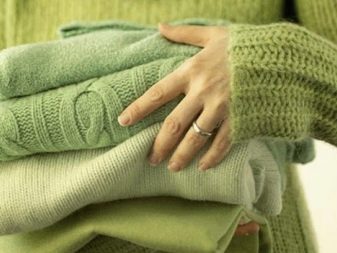
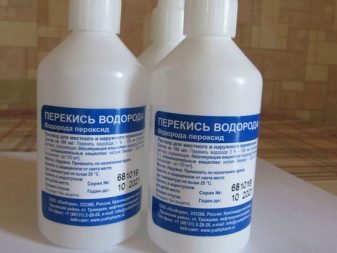
Linen
Linen is similar to cotton, but its density is still higher. It shrinks when wet, which is why it is often mixed with polyester, for example. For the production of suits and dresses, linen with a plain weave is used, for sundresses - with lenting (openwork fabric), jacquard weave is used more often to create clothes in the folk style, and the gap is used for scarves and light summer clothes.
Some types of flax are washed quite well at high temperatures, they are not afraid of boiling water. But there is almost no point in ironing flax, it is better to use a steamer. It is not worth twisting linen after washing, but you can wring it out in a typewriter. If you soap the fabric in advance and soak it for an hour in water, it will wash better and be softer. To remove berry stains, juice, table vinegar is used. And if an ink stain gets on the linen cloth (smeared with a ballpoint pen), it should be soaked in milk - you can put it in the refrigerator right overnight.
Flax dries better in the fresh air. It also absorbs odors very well, especially when drying. If you iron it with an iron, then in a slightly under-dried form.
Don't be afraid if the fabric is not perfectly smooth. This slight bump (sometimes even resembling a crumpled sheet of paper) is the charm of this type of fabric.


Other
Synthetics are a whole large group of fabrics that are made from distillates of oil and coal. Once this could only be called polyamide, today the list of synthetic materials is very wide. For example, Oxford is a premium fabric for tight clothing, and diving makes for very comfortable sportswear, barbie crepe is good for dresses and suits.
If we mention artificial fabrics, then these are acetate (based on acetic acid), viscose (cellulose material, often very bright), cupro (wood material close to silk). But there are also mixed fabrics like polysatin and staple.
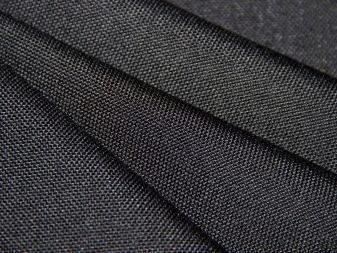
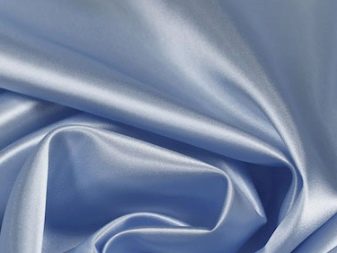
Color palette
It is only replenished with new shades, when even black or white fabric has its own variations. Linen, for example, which is more usual in calm, pastel colors, is increasingly made bright - red, green, deep gray, because there is a demand for this. And you can also dye natural dense fabrics yourself, using natural dyes and not only.
There are no big restrictions on the color choice: you can always find a set in which, for example, wool (coat), cotton (shirt), silk (skirt) will be combined, and in terms of colors, these things will be in perfect harmony.
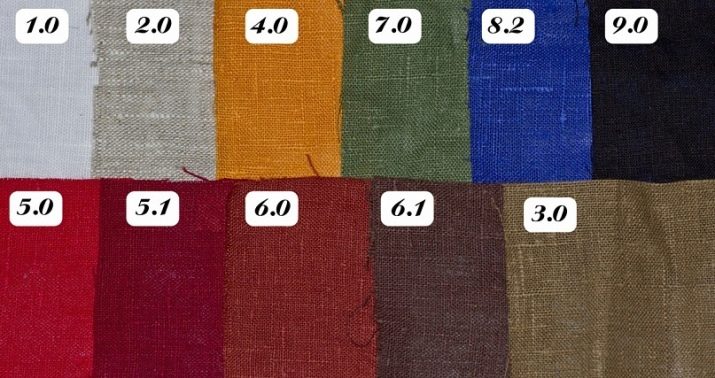
Areas of use
Clothing is the largest segment for dense fabrics. And they make all kinds of household items: from bed linen to rugs, from tablecloths to curtains. Very dense fabrics are used for the manufacture of sports equipment, tents, awnings. Stage props can be made of dense satin fabrics, hammocks and blankets can be sewn from stretched fabrics.
When choosing a fabric or product by the type of matter, the features of the fibrous structure, and the properties of wear, and the features of care are taken into account. In this sense, dense materials provide a wide choice.











